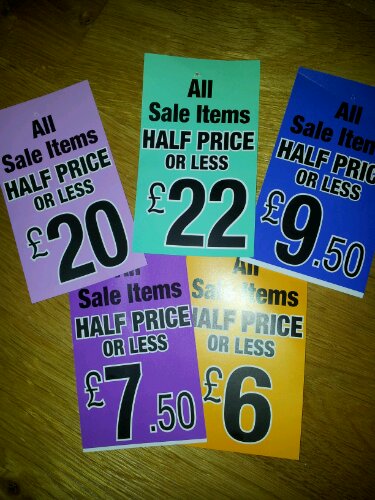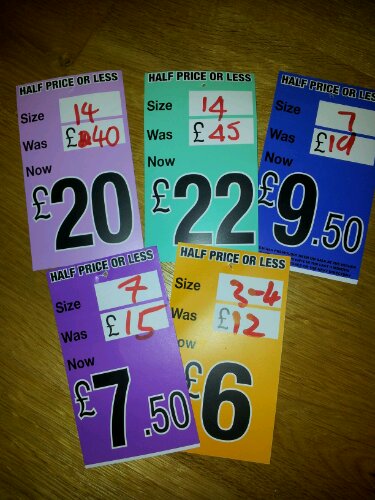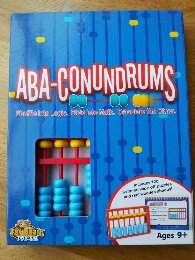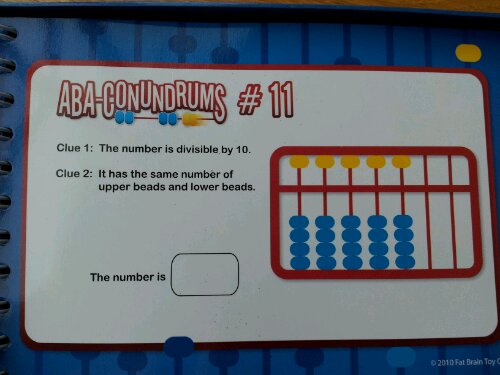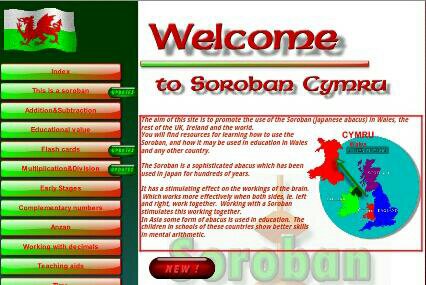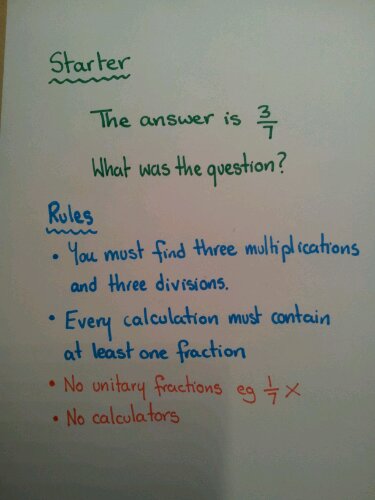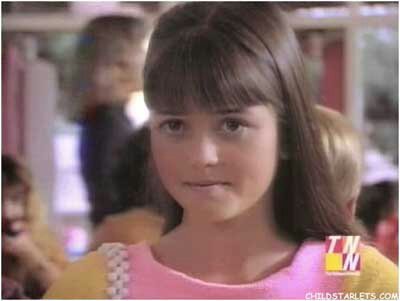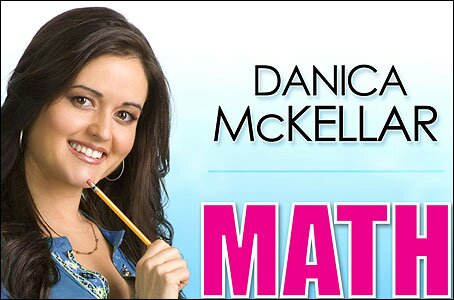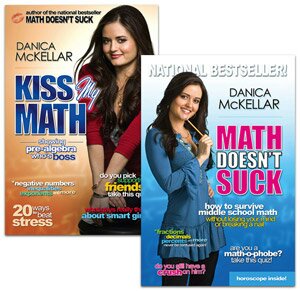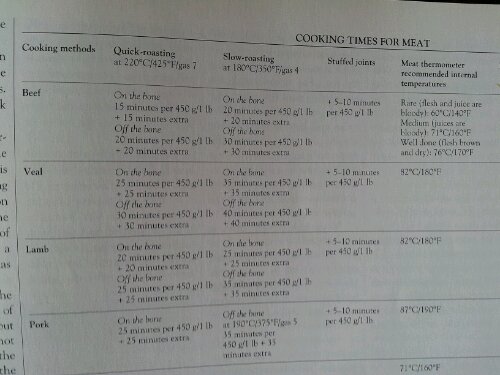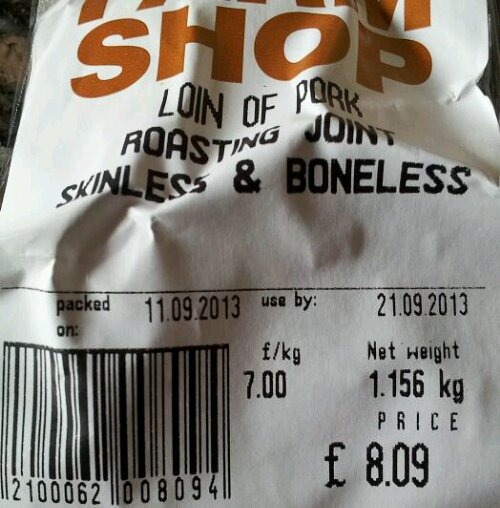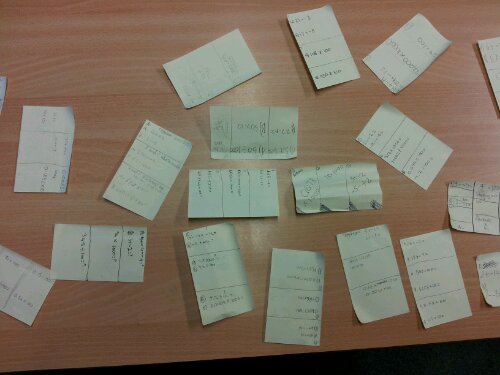This week I gave a talk to a group of PGCE/Schools Direct associates about innovation and ‘keeping it fresh’. One of my points was you should ‘Keep the good ideas and bin the rubbish/pointless ones’. This is one of my ideas I kept – first used in the late 1990s!
Background
Wassily Kandinsky was an artist, born in Russia in 1866. He died in France in 1944. He is credited with being the first artist to explore purely abstract work. Researching him is a nice homework task which can add to the final work.
Farbstudie quadrate mit konzentrischen ringen
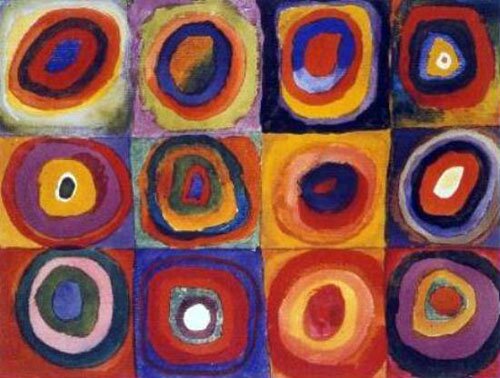
This work has been reproduced thousands of times -you can see it everywhere from student bedrooms to upmarket coffee shops. The original was completed in 1913. It roughly translates as colour study squares with concentric circles.
Investigation
You will need:
Squared paper (or plain)
Coloured pencils or pens
1. Show the class the painting and discuss how the colours are arranged.
2. How many ways can you colour in one square with one colour? 1
3. How many ways can you colour in two concentric squares with two colours? 2
4. Repeat for three colours and ask for predictions. The usual prediction is 3, the answer is 6.
5. Repeat the process and ask them if they can see a pattern forming. Encourage them to be methodical.
The colour patterns form a set of factorial numbers. Finding out about factorials could be a good extension task.
After the work is completed you’ve potentially got a great wall display, a cross-curricular link to art and an understanding of combinations/factorials.
Variation
This also looks rather cool done with concentric equilateral triangles or hexagons on isometric paper.
Like this:
Like Loading...

